Traffic laws are constantly evolving to address safety concerns, especially in areas where pedestrian and vehicular accidents have been on the rise. One law that has been widely discussed in Texas recently is the Right Turn on Red (RTOR) rule. While the regulation remains in place, allowing drivers to turn right at a red light after making a complete stop, growing concerns about pedestrian safety have sparked debates about potential modifications.
This article delves into the existing RTOR rule, safety considerations, legal frameworks, and the future of this law in Texas.
Current Legal Framework
In Texas, as in most U.S. states, the law permits drivers to make a right turn at a red light under specific conditions. According to Texas traffic laws, drivers must adhere to the following guidelines when making a right turn on red:
- Complete Stop: Before proceeding with the turn, drivers must come to a full stop at the designated limit line, crosswalk, or intersection. Rolling stops are illegal and may result in traffic citations.
- Yielding Right of Way: Drivers must yield to pedestrians crossing the street and to any vehicles that have the right of way. If there are oncoming vehicles that have a green light, the driver attempting to turn right on red must wait until it is safe to proceed.
- Obeying Signs: Some intersections have specific “No Turn on Red” signs that explicitly prohibit right turns at red lights. Drivers must always check for such signs before attempting the maneuver.
The Right Turn on Red (RTOR) practice became common in the United States in the late 1970s when federal guidelines encouraged states to adopt it to improve traffic flow and reduce fuel consumption during the oil crisis. However, recent data suggests that intersections allowing RTOR have seen an increase in pedestrian and bicycle accidents, prompting safety advocates to push for potential changes.
Concerns Over RTOR and Potential Safety Issues
Although RTOR is designed to ease congestion and improve traffic efficiency, it also poses risks, especially in urban areas with high pedestrian traffic. Safety organizations and government agencies have identified several concerns regarding RTOR, including:
1. Increased Pedestrian and Cyclist Accidents
Studies have shown that intersections permitting RTOR have higher rates of pedestrian and cyclist accidents. Drivers sometimes fail to notice pedestrians in the crosswalk while focusing on checking for oncoming traffic from the left. This has led to numerous accidents, some of which have resulted in serious injuries or fatalities.
2. Driver Non-Compliance and Rolling Stops
Many drivers do not come to a complete stop before making a right turn on red, which increases the risk of collisions. Rolling stops—where drivers slow down but do not fully stop—reduce reaction time and make it harder to spot pedestrians or cyclists crossing the road.
3. Distraction and Poor Visibility
Urban environments often have multiple distractions, including traffic signals, billboards, and pedestrian activity. In such areas, drivers may struggle to process all visual cues, leading to misjudgments while turning. Poor visibility at certain intersections further increases the risk of accidents.
4. Confusion and Misinterpretation of the Law
Many drivers remain unaware of the exact rules surrounding RTOR, leading to confusion at intersections. Some believe that turning right on red is always permitted, failing to recognize that specific locations have restrictions. Others assume they have the right of way even when pedestrians are present.
Cities and States Limiting RTOR
As safety concerns grow, several U.S. cities and states have moved toward restricting or banning RTOR at high-risk intersections:
- Washington, D.C.: Plans to prohibit RTOR citywide starting in 2025 to improve pedestrian safety.
- New York City: Has long prohibited right turns on red unless a sign explicitly allows it.
- Ann Arbor, Michigan: Implemented restrictions on RTOR in areas with heavy foot traffic.
- California: Several cities, including San Francisco and Los Angeles, are considering restricting RTOR in pedestrian-dense zones.
RTOR in Texas: What Changes Could Come?
While Texas has not yet implemented a statewide ban on RTOR, discussions are ongoing regarding potential safety improvements. A few key developments include:
- Intersection-Specific Restrictions: Some intersections in Texas have already prohibited RTOR due to safety concerns. For example, at Highway 64 and West Loop 323 in Tyler, RTOR is not allowed. Similar restrictions may be introduced in other high-risk areas.
- Increased Public Awareness Campaigns: Traffic safety organizations in Texas are working on educating drivers about RTOR rules and best practices to prevent accidents.
- Stronger Law Enforcement: Authorities may increase fines or penalties for violations, such as failing to come to a full stop before turning or ignoring No Turn on Red signs.
- Future Legislative Considerations: If accident rates continue to rise, Texas lawmakers may propose new legislation restricting RTOR at intersections with high pedestrian activity.
What Texas Drivers Should Keep in Mind
Regardless of future policy changes, drivers must prioritize safety when making a right turn on red. Here are some best practices to follow:
- Always come to a complete stop: Rolling through an intersection without stopping is dangerous and illegal.
- Check for pedestrians and cyclists: Always scan for people crossing the street before proceeding.
- Observe all signs: If a No Turn on Red sign is posted, respect the restriction.
- Look both ways: Even if the left side appears clear, check for pedestrians or oncoming traffic before turning.
- Be extra cautious in school zones and busy urban areas: These locations often have higher pedestrian traffic, making RTOR riskier.
Final Thoughts
For now, right turns on red remain legal in Texas under the conditions outlined by the state’s traffic laws. However, with increasing concerns over pedestrian safety and accident statistics, the possibility of future changes cannot be ruled out. While a statewide ban is not currently under discussion, safety measures such as restricted RTOR zones, better driver education, and stricter law enforcement may come into play to enhance road safety.
Texas drivers should stay informed about potential updates to traffic laws and practice extra caution when making right turns at red lights. The key takeaway is that while RTOR helps traffic flow more efficiently, safety must always be the top priority.
Disclaimer – Our editorial team has thoroughly fact-checked this article to ensure its accuracy and eliminate any potential misinformation. We are dedicated to upholding the highest standards of integrity in our content.

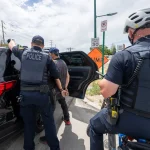



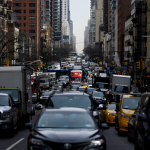


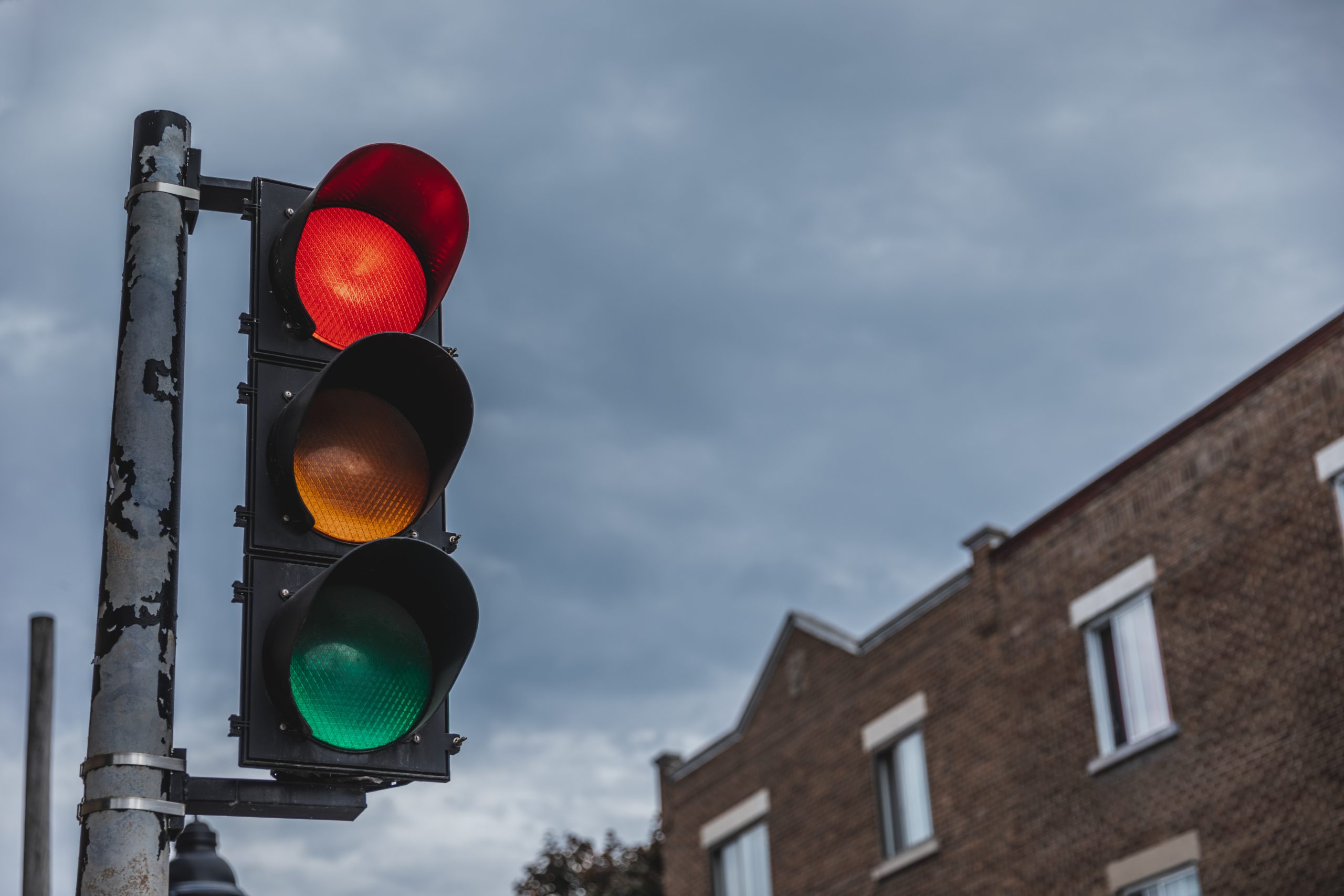
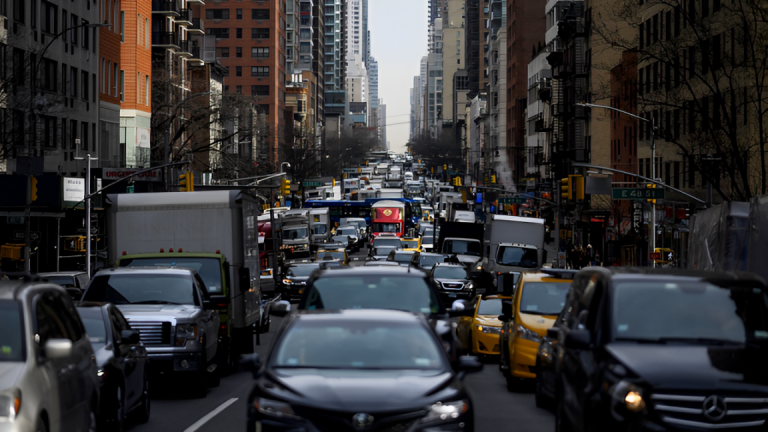


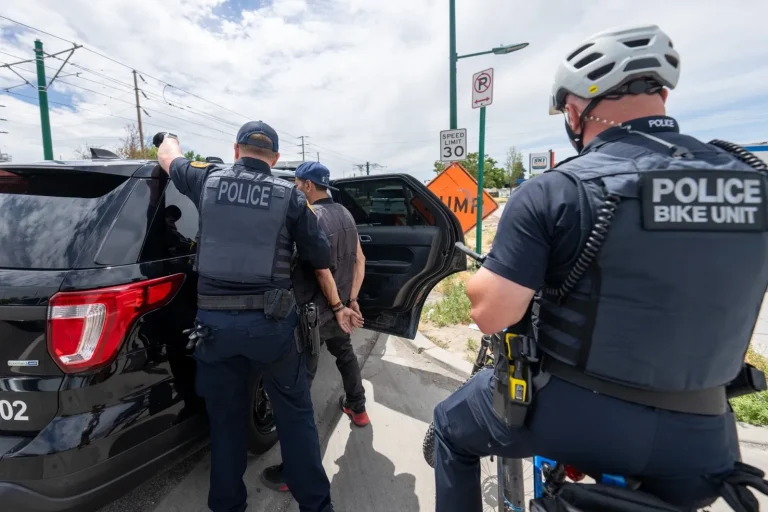
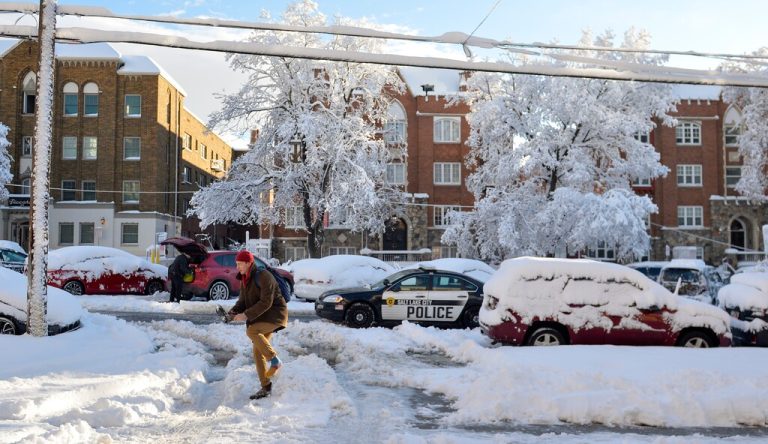

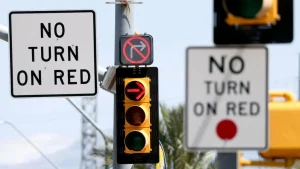


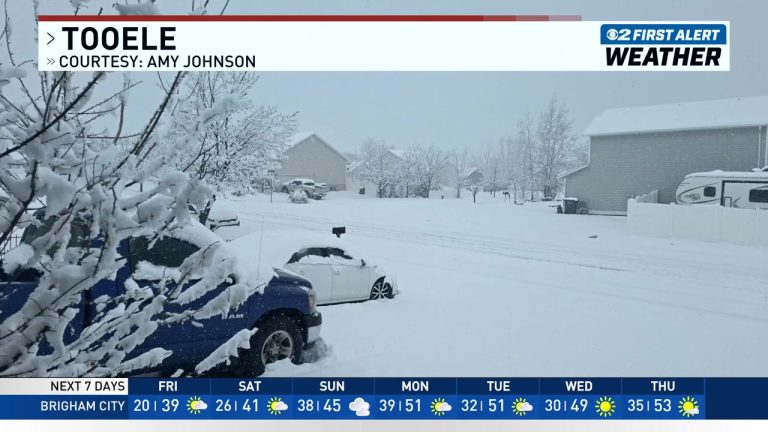





+ There are no comments
Add yours